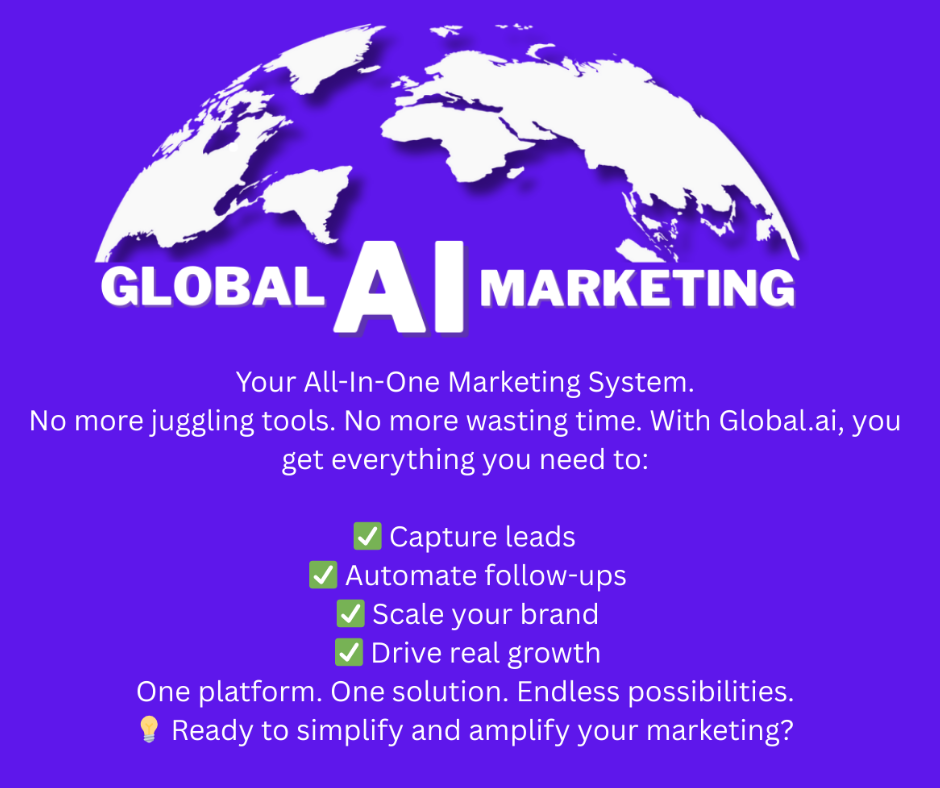How to Become Fundable and Grow Your Business: A Comprehensive Guide

In the entrepreneurial world, turning your vision into a thriving business requires more than just a brilliant idea—it demands meticulous planning, strategic execution, and a keen understanding of what investors and lenders look for. Here, we delve deep into each essential step to make your business fundable, ensuring you have all the necessary documents and strategies to secure the support you need to achieve your dreams, cash flow needs, and goals.
1. Crafting a Visionary Business Plan
Your business plan is the foundation of your funding journey. It should clearly articulate your business objectives, market analysis, and unique value proposition.
Key Elements of a Robust Business Plan:
- Executive Summary: Concisely describe your business, its mission, and why it will succeed.
- Company Description: Provide detailed information about your business, the problems it solves, and its target market.
- Market Analysis: Present a thorough analysis of your industry, market size, expected growth, and competitive landscape.
- Organization and Management: Outline your business’s organizational structure, detailing the roles and backgrounds of your management team.
- Products or Services: Describe what you sell or the services you offer, emphasizing how they benefit your customers.
- Marketing and Sales Strategy: Explain how you plan to attract and retain customers.
- Funding Request: Clearly state how much funding you need and how you plan to use it.
- Financial Projections:
Provide forecasted income statements, cash flow statements, and balance sheets for the next three to five years.
2. Illustrating Financial Projections
Financial projections demonstrate your business’s potential profitability and financial health. They should be realistic, detailed, and align with your funding request.
Components of Financial Projections:
- Sales Forecast: Estimate your future sales based on market research and historical data.
- Expense Budget: List your anticipated expenses, including fixed and variable costs.
- Cash Flow Statement: Show how cash will flow in and out of your business, ensuring you can cover operational costs.
- Income Statement (Profit and Loss Statement): Detail your expected revenues, costs, and profits.
- Balance Sheet:
Provide a snapshot of your business’s financial position, including assets, liabilities, and equity.
3. Creating a Dynamic Pitch Deck
Your pitch deck is a visual representation of your business plan, designed to captivate and persuade investors.
Elements of an Effective Pitch Deck:
- Introduction: Briefly introduce yourself and your business.
- Problem: Clearly define the problem your business solves.
- Solution: Explain your unique solution and its benefits.
- Market Opportunity: Highlight the size and potential of your target market.
- Business Model: Describe how your business will make money.
- Traction: Show evidence of your business’s progress and success to date.
- Marketing and Sales Strategy: Outline your plans for acquiring and retaining customers.
- Financial Projections: Summarize your key financial forecasts.
- Funding Request: Specify how much funding you need and how it will be used.
- Team: Introduce your core team members and their expertise.
- Closing:
End with a strong call to action and invite questions.
4. Ensuring Legal Preparedness
Having all the necessary legal documents in place builds credibility and trust with potential investors and lenders.
Essential Legal Documents:
- Business Licenses and Permits: Ensure you have all required local, state, and federal licenses and permits.
- Articles of Incorporation: Establish your business as a legal entity.
- Operating Agreement or Bylaws: Outline the structure and operating procedures of your business.
- Non-Disclosure Agreements (NDAs): Protect your business’s confidential information.
- Contracts: Have solid contracts in place for employees, vendors, and customers.
- Intellectual Property Documentation:
Secure patents, trademarks, and copyrights as necessary.
5. Maintaining a Healthy Credit Score
A strong credit score is crucial for building trust with lenders and securing favorable loan terms.
Tips for Improving and Maintaining Your Credit Score:
- Pay Bills on Time: Ensure all bills are paid on time to avoid late fees and negative marks on your credit report.
- Reduce Debt: Pay down existing debt to improve your debt-to-credit ratio.
- Monitor Credit Reports: Regularly check your credit reports for accuracy and dispute any errors.
- Limit Credit Inquiries:
Avoid excessive credit inquiries, as they can negatively impact your score.
6. Building Relationships with Investors and Mentors
Networking is a powerful tool for growing your business and securing funding.
Strategies for Effective Networking:
- Attend Industry Events: Participate in conferences, trade shows, and networking events to connect with potential investors and mentors.
- Join Professional Organizations: Become a member of industry associations to access networking opportunities and resources.
- Leverage Social Media: Use platforms like LinkedIn to connect with industry professionals and showcase your expertise.
- Seek Mentorship:
Find experienced mentors who can provide guidance and introduce you to potential investors.
7. Conducting Thorough Market Research
Understanding your target market and industry trends is essential for making informed business decisions and attracting investors.
Steps for Conducting Market Research:
- Define Your Target Market: Clearly identify your ideal customers based on demographics, psychographics, and behavior.
- Analyze Competitors: Study your competitors’ strengths, weaknesses, and market positioning.
- Gather Customer Feedback: Use surveys, interviews, and focus groups to understand customer needs and preferences.
- Track Industry Trends:
Stay informed about industry developments, emerging technologies, and regulatory changes.
8. Highlighting Your Unique Selling Point (USP)
Your USP is what sets your business apart from the competition. It’s a key factor in attracting investors and customers.
How to Define and Showcase Your USP:
- Identify Your Strengths: Determine what makes your product or service unique and valuable.
- Analyze Competitors: Understand what your competitors offer and how you can differentiate yourself.
- Highlight Benefits: Emphasize the specific benefits your customers will receive.
- Communicate Clearly: Ensure your USP is prominently featured in your marketing materials and pitch.
Securing funding for your business is a multifaceted journey that requires careful planning, strategic execution, and relentless determination. By crafting a comprehensive business plan, illustrating detailed financial projections, creating a dynamic pitch deck, ensuring legal preparedness, maintaining a healthy credit score, building relationships with investors and mentors, conducting thorough market research, and highlighting your unique selling point, you can position your business for success and attract the support you need to achieve your dreams.
Embark on this vibrant, multi-dimensional journey with confidence, knowing that each step you take brings you closer to making your business vision a reality. With the right preparation and strategy, you can unlock the doors to funding and set your business on the path to growth and prosperity.
May your path be as vibrant and inspiring as your dreams.




